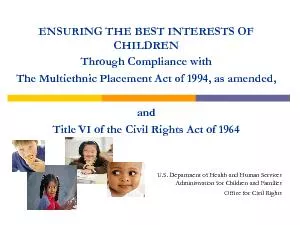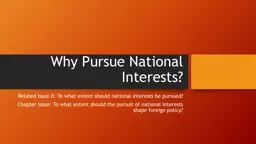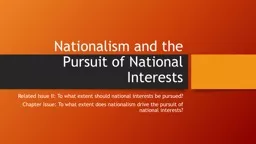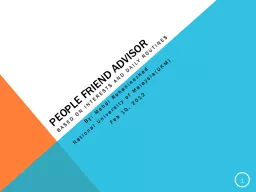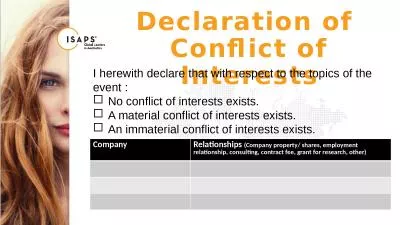PDF-ENSURING THE BEST INTERESTS OF
Author : unita | Published Date : 2021-05-15
CHILDREN Through Compliance with The Multiethnic Placement Act of 1994 as amended and Title VI of the Civil Rights Act of 1964 US Department of Health and Human
Presentation Embed Code
Download Presentation
Download Presentation The PPT/PDF document "ENSURING THE BEST INTERESTS OF" is the property of its rightful owner. Permission is granted to download and print the materials on this website for personal, non-commercial use only, and to display it on your personal computer provided you do not modify the materials and that you retain all copyright notices contained in the materials. By downloading content from our website, you accept the terms of this agreement.
ENSURING THE BEST INTERESTS OF: Transcript
Download Rules Of Document
"ENSURING THE BEST INTERESTS OF"The content belongs to its owner. You may download and print it for personal use, without modification, and keep all copyright notices. By downloading, you agree to these terms.
Related Documents

